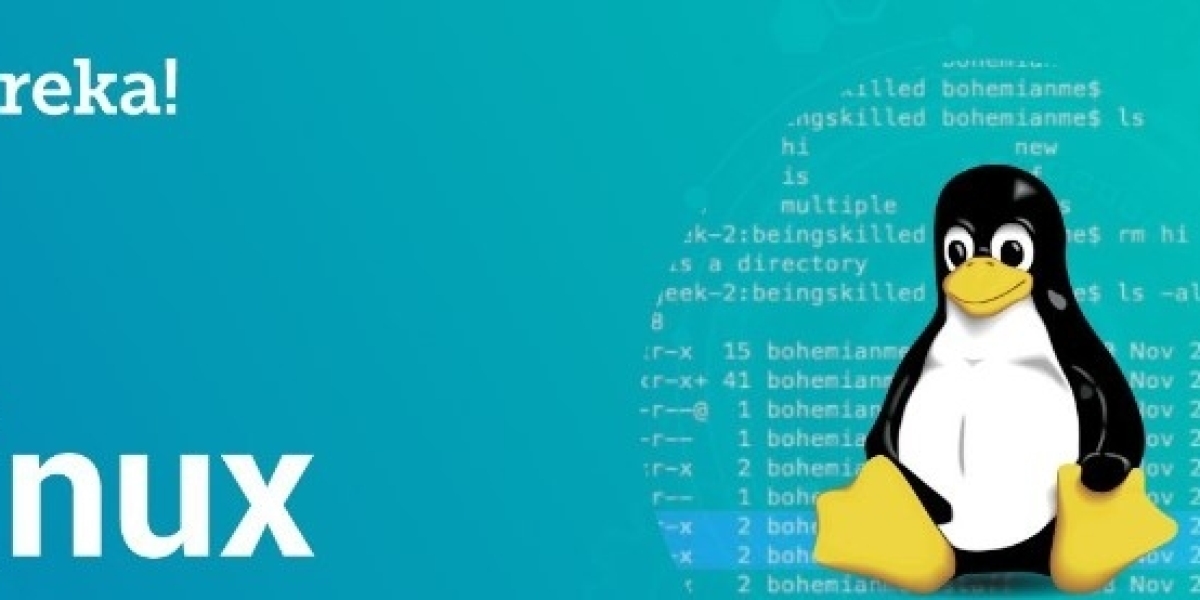The `chroot` command in Linux serves the purpose of creating a controlled and isolated environment, known as a chroot jail, in which a specific process or set of processes can run with restricted access to the rest of the file system. The term "chroot" stands for "change root," and it allows a user to change the apparent root directory for a particular process or shell session. This isolation mechanism is primarily used for security, testing, and system recovery purposes.
When the `chroot` command is invoked, it modifies the root directory for the specified process, making it believe that the specified directory is the new root directory. This effectively confines the process to its designated portion of the file system, preventing it from accessing files and directories outside this isolated environment. This can be useful for limiting the potential damage caused by malicious software or unauthorized users who might gain access to a system.
The primary use case for `chroot` is to create sandboxes or isolated environments for running potentially untrusted applications, especially when they need access to the host system's resources. By placing these applications within a chroot jail, the potential impact of any security vulnerabilities or malicious behavior is minimized, as the application's access is restricted to a specific directory subtree. Apart from it by obtaining Linux Training, you can advance your career as a Linux. With this course, you can demonstrate your expertise in Linux professional & help you to run applications, perform desired functions on your system and networks, create a network configuration, and maintain security administration, many more fundamental concepts.
Furthermore, `chroot` can be employed for system recovery tasks, such as when attempting to fix a system with a broken or missing root filesystem. By changing the root directory to a functioning directory structure, administrators can perform recovery tasks without interfering with the host system's root filesystem.
Despite its benefits, `chroot` has limitations, as it only offers a basic form of isolation. It does not provide full isolation, as modern containerization technologies like Docker and Kubernetes do. Additionally, `chroot` jails can be vulnerable to privilege escalation attacks if not configured correctly. Therefore, while `chroot` can be a useful tool for certain scenarios, it's essential to combine it with other security practices and technologies to ensure comprehensive isolation and protection.









